Table of Contents
Brahmo Samaj:
- Gave birth to the Indian Renaissance.
- Popularly known as the “Father of Modern India”.
- Born in village Radhanagar, Hooghly District, Bengal on May 22, 1772 in an orthodox Brahmin, but rich zamindar family.
- He was a profound scholar of Arabic, Persian, Sanskrit, English & Bengali & also knew foreign languages like Greek, Latin & Hebrew.
- He learned Tantricism from Hariharananda Tirthaswamy at Rangpur (N.Bengal) & also learned Jain & Buddhist Philosophies.
- In 1797, he joined the services of the East India Company as Diwan (Revenue Officer) under Thomas Wood Forde & later under Digby.
Raja Ram Mohan Roy Literary Works:
- Tuhfat-ul-Muwah-hidin(A gift to monotheist – was his first book), a treatise in Persian published in 1803.
- Through his book – Manazarat-ul-Adiyan (Discussion on various religions), he tried to highlight the similarities among different religions.
- He also came into contact with Christian missionaries & in 1820 published Precepts of Jesus (the Guide to peace & happiness).
- To propagate the monotheistic doctrine of Hindus Scriptures, he founded the Atmiya Sabha (1815-19) at calcutta.
- In 1822, he published “Modern Encroachments on the Ancient Rights of Females according to the Hindu law of Inheritance”. In this pamphlet, he opposed all discriminations & evil practices against women. He opposed polygamy, Kulinism & Sati & came out in support of the inheritance of property by daughters.
- He founded the Brahmo Sabha on August 20, 1828 & renamed it Brahmo Samaj in 1829.
- Samaj was open for all caste & creeds for the worship of Brahma.
- Idol, image, statute, painting or portrait of any sort was not admitted within the Samaj building.
- Sacrifice & religious rituals inside the Samaj building was also not allowed.
- Worship was performed through prayers & meditation & reading from Upanishads.
- He wrote a pamphlet Anusthan (1829) prescribing the mode of worship to be followed in the Samaj.
- In 1829 Sati was declared illegal (Governor General Lord William Bentinck).
- Propagated political & social ideas through Newspapers–
- In December 1821 he launched a Bengali weekly, Sambad Kaumudi (The Moon of Intelligence) – first Indian newspaper edited, published & managed by Indians.
- Another weekly in Persian, Mirat-ul-Akbar (The Mirror of Intelligence- 1822).
- In 1830 Ram Mohan Roy went to England as an envoy of the Mughal Emperor, Akbar Shah II, who invested him with the title of Raja to the court of King William IV. He was expected to represent to the British Sovereign the inadequacy of the pension granted to the Mughal Emperor.
- He died at Bristol (near London) in 1833.
- Ram Chandra Vidya Vagish was the first Acharya of Brahmo Samaj.
Devendranath Tagore:
- Also known as Maharshi.
- Established Tattvabodhini Sabha in 1839.
- Its main objectives were promotion of religious enquiry and dissemination of the Knowledge of the Upanishads.
- In 1840, the Tattvabodhini School was founded, where Akshay Kumar Datta- was appointed as a teacher.
- Joined Brahmo samaj in 1843.
- He not only continued the religious mission of Ram Mohan Roy with renewed zeal, but also boldly stood against the ultra radical trend of missionary attacks on Indian culture launched by Alexander Duff.
- He compiled the religious text Brahmo Dharma.
- Also introduced the Brahmo form of worship or Brahmopasana.
Keshub Chandra Sen:
- Founded Goodwill Fraternity in 1857.
- Joined Brahmo Samaj in 1857.
- He established Sangat Sabha (Friendly Association) in 1859. Its main objective was to discuss the spiritual & social problems of the day.
- In 1861, a fortnightly journal named the Indian Mirror was started with Keshub chandra sen as editor.
First Schism of Brahmo Samaj:
- In 1866.
- Reason– Keshub & young turks of Brahmos organised a widow remarriage.
- Devendranath group calling itself Adi Brahmo Samaj. Slogan – “Brahmoism is Hinduism”.
- Keshub Chandra’s group calling itself Brahmo Samaj of India or the New Dispensation or Convention (Nav Vidhana). Slogan – “Brahmoism is Catholic & Universal”.
- Due to keshub efforts, Brahmo Marriage Act 1872 was passed which abolished early marriage (14 for girls, 16 for boys), sanctioned widow remarriage & intercaste marriage & polygamy was made penal.
- He also established the Indian Reform Association, which greatly worked for the spread of western education, emancipation of women, female education & social work.
Second Schism of Brahmo Samaj:
- Keshub opposed child marriage but marriage his 13-year-old daughter with the Maharaja of Cooch Behar (Bengal) in 1878.
- The young members of his organization were not happy, they formed Sadharan Brahmo Samaj under the leadership of Anand Mohan Bose, which was based on democratic principles & gave equal rights to all members in the management of the samaj.
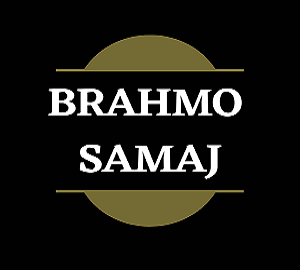
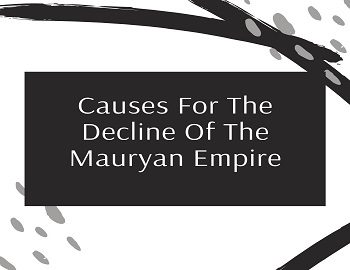


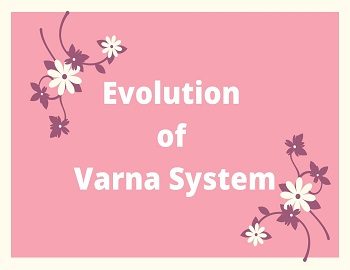
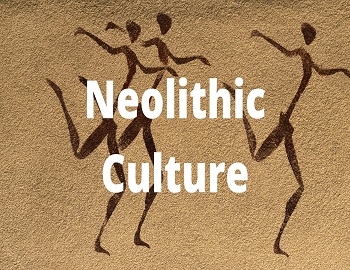

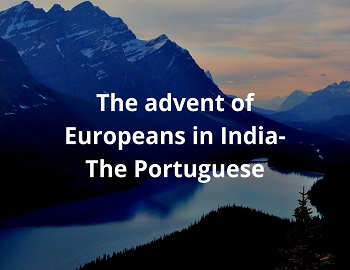

Comments (No)